Spreading the Gospel to the ends of the earth is not for the faint of heart.A century ago, a group of four Maryknoll priests left their headquarters in Ossining, New York, to establish the community’s first mission in China. The Maryknoll Fathers and Brothers enjoyed steady growth in the years following, reaching a high point in membership of nearly 1,000 men in the early 1960s. Like many religious communities, Maryknoll has seen a significant membership decline over the past half century, but the community still is active in more than 20 countries with 83 mission projects, and has founded many schools.
Maryknoll began with the meeting of two priests, Fathers Thomas Frederick Price and James Anthony Walsh, at a Eucharistic conference in Canada. They shared a similar zeal for the spread of the Gospel, and conceived of the idea of founding a seminary to train men for the foreign missions. In 1908, Pope Pius X declared that the U.S. was no longer mission territory, and could itself send priests overseas to establish missions. In 1911, the Catholic Foreign Missionary Society of America, more popularly known as the Maryknoll Fathers and Brothers, was established.
“Father Walsh had visited China, Japan and Korea, and thought China was where our focus should be,” said Maryknoll Brother John Blazo, who joined the Maryknolls in 1963 and once served in Guatemala. “That’s why when he designed our seminary, it was decorated in a Chinese motif.”
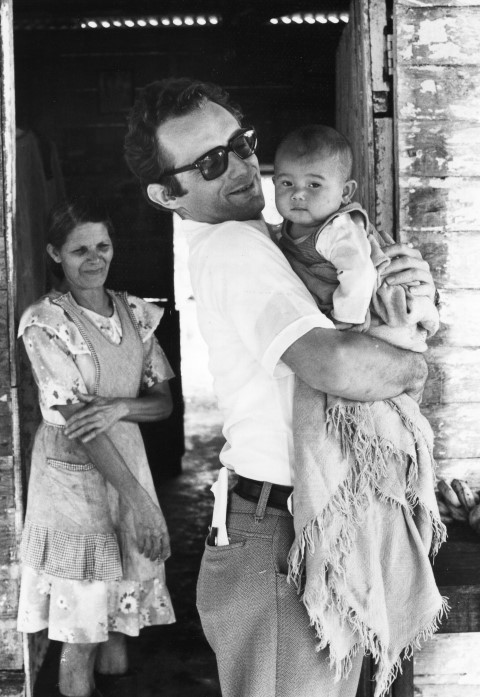
The seminary was founded on a hill, or knoll, overlooking the Hudson River less than an hour’s drive from New York City, and is dedicated to the Blessed Mother. Hence, the nickname of the new community became “Mary’s knoll” or Maryknoll. Among its noteworthy features are an outdoor Madonna and child statue housed in a Chinese kiosk, and a Japanese bell, rung as part of a ceremony sending Maryknoll missionaries out into the world.
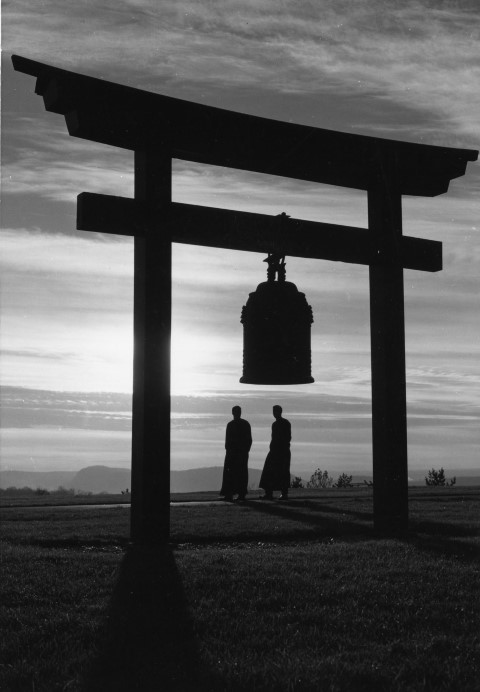

Read more:
When East met West: Matteo Ricci and his failed attempt to convert China
The bell was first rung in 1918, when the first group of missioners headed to China. The group included Father Price and newly ordained Fathers James Edward Walsh, Francis Ford and Bernard Meyer. Father Price, the only experienced priest in the group, died of appendicitis a year later; Fathers Walsh and Ford would later become bishops and be imprisoned by Chinese communist government under Mao.
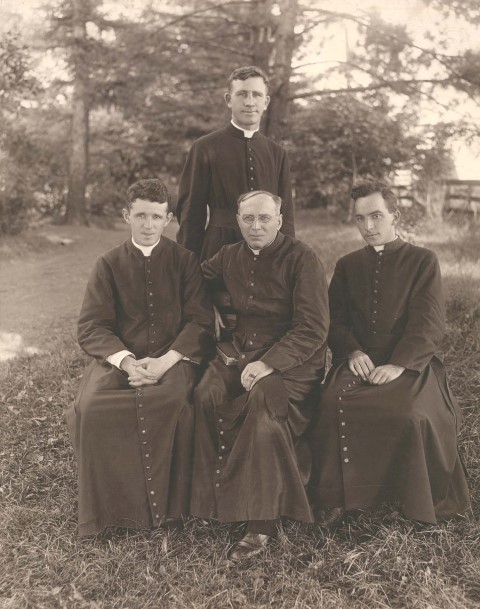
In the years after the initial mission trip, the work of the Maryknolls would spread to other parts of Asia, Africa and Latin America. Brother Blazo said, “Our members had a zeal for the Gospel and were motivated by a desire to expand the Catholic Church.”
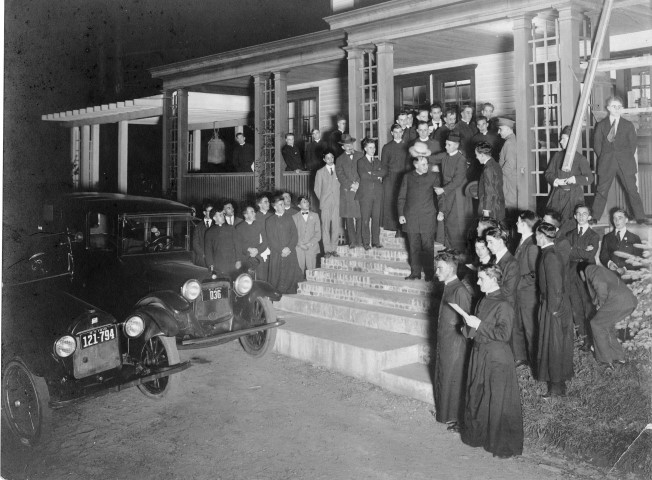
In the beginning decades, the focus of the community was to establish parishes and schools, Brother Blazo said. Only the priest was considered a missioner, he continued, with Maryknoll brothers and Maryknoll sisters and lay people seen as “helpers” to the priests. The priests would travel up rivers in boats, or over mountains on horseback to remote regions of the world, hence the community looked for men who were “rugged individualists who could take care of themselves.”
The Maryknolls would suffer much persecution in China, both from being identified with European powers, who some Chinese believed were exploiting the country, and from the communist government that came to power in 1949. Brother Blazo said, “The new government was atheistic, and clashed with the Catholic Church. Our men were tortured and killed or forced to leave.”
After the Second Vatican Council (1962-65), perspectives within the Maryknolls changed, Brother Blazo explained. The community began viewing all who supported the Maryknoll missions, whether priests or not, as missioners. The missioners also began developing specialized ministries, such as caring for AIDS patients, victims of war or the elderly, and teaching English to local clergy. There also has been a greater emphasis on training lay leadership, particularly in Latin America, to take on greater responsibility in the operation of churches.
Fr. Bob Jalbert has been a member of the Maryknoll community for 45 years, 18 of which he spent working in the missions in East Africa. He is originally from Massachusetts, and joined the community after serving in the U.S. Air Force. He said, “I had felt called to the priesthood since I was a child, and in the 1970s, it became clear to me that I had a missionary vocation.”
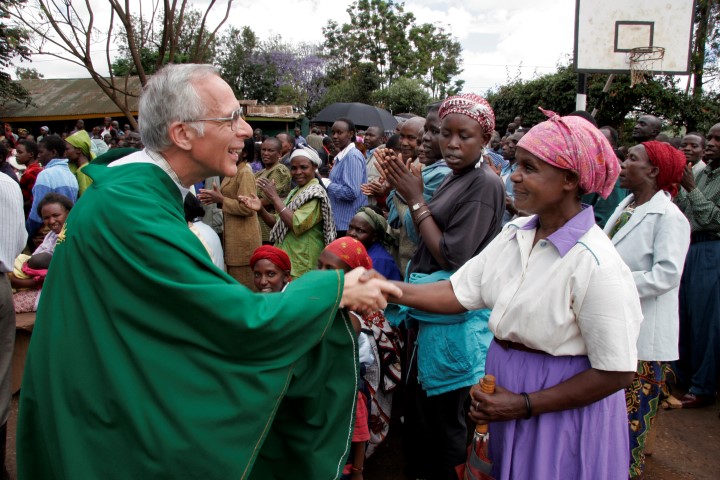
Working in Tanzania and Kenya, he not only performed the duties of a parish priest, but also trained lay leaders and advocated for the people before local governments. While the environment in Tanzania was “tranquil and stable,” he experienced “stark poverty” in Kenya and “lots of tribal violence.”
He was welcomed by the people, he said, and “learned it was possible to receive much more from the poor than I could give.”
He has since returned to the Maryknoll Mission Center in Ossining (take a video tour of the center with Brother John) to promote the community’s mission in the U.S. and raise funds for the society’s work.
Fr. Jalbert said, “We’re grateful to our benefactors who pray for us and support us financially. They make God’s work through us possible.”

Read more:
Whole families are sent out as missionaries through this Church organization

